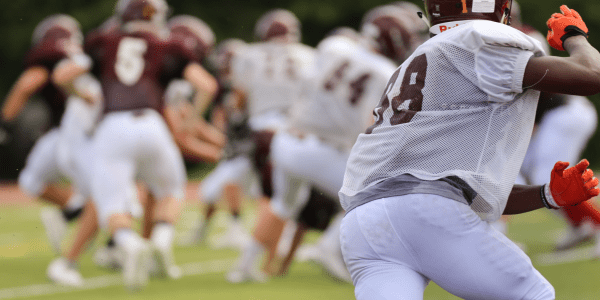
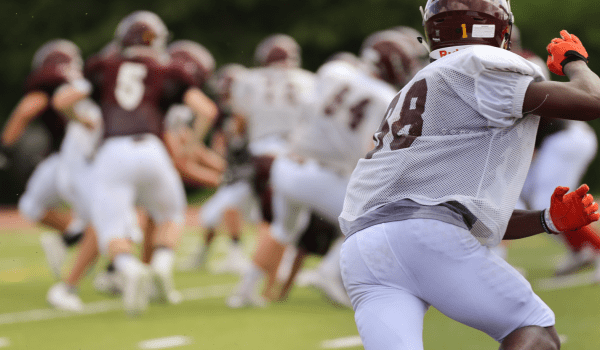
Pulled Hamstring- How to Heal
LEVELUP INSIDERS September 10, 2019 SportStars 0

How to heal a pulled Hamstring? The hamstring muscle, which makes up the back of your thigh, is the most frequently strained muscle in the body. A hamstring strain, is both common and painful. It can affect runners, football, soccer, basketball players and so on.
The hamstring is actually a group of muscles called the semitendinosus, semimembranosus and biceps femoris. Their primary function is to bend the knee and move the thigh backwards (extend the hip). During a strain, one or more of these muscles gets stretched too far, or may even start to tear. This can happen with exercise that involves a lot of running, jumping or sudden start or stopping type of activity.
Symptoms
Symptoms of a hamstring strain include : sudden sharp pain at the back of the thigh during exercise, possible snapping or popping feeling, pain with walking, tender to touch and sometimes bruising. A strained hamstring makes it hard to straighten the leg or bend over.
You can get a hamstring strain if you don’t stretch or warm up properly. We here at the Sports Medicine Center for Young Athletes recommend warm up with a brisk walk or jog followed by dynamic warm up of the primary muscles for your sports specific activity prior to start of practice or competition.
The majority of hamstring strains are either called 1st or 2nd degree, or graded 1 or 2 depending on the severity. A 3rd degree or grade 3 strain is rare but involves a severe or complete rupture of the muscle which may need surgery performed by an orthopedic surgeon.
A quick glance at the various strains and their symptoms:
1st degree/Grade1: May have some tightness in the back of the thigh, or feeling sore; no obvious pain or swelling; may walk normal but with some discomfort.
2nd degree/Grade 2: May be limping when trying to walk; may have heard or felt a pop during the activity; may notice some swelling; tender to touch, and may not be able to fully straighten the knee; some bruising may be present
3rd degree/Grade3: Most likely will need crutches; obvious swelling and bruising; severe pain when trying to bend the knee
How to heal? The best course of treatment for a hamstring strain is to see a medical professional (whether you consult with your school trainer or physical therapist, who may refer you to a sports medicine physician). Also, the recommendation may include rest, ice, compression, elevation, and when able, to practice stretching and strengthening exercises in a pain free range of motion.
When returning to your physical activity, you should be able to move your leg as freely as the uninjured side, strength should be equal when compared to the uninjured side, and you should not have any pain when you try to walk, jog, sprint or jump. In addition, the best way to prevent hamstring strains is to stretch and strengthen. Stop exercise if you feel pain in the back of your thigh.
Kelli Adams is a certified athletic trainer and physical therapy assistant for Children’s Hospital Oakland and its Sports Medicine for Young Athletes division.
_______________________________
GET CONNECTED:
Follow SportStars on Twitter & Instagram | Like us on Facebook | Subscribe!
_______________________________
[bsa_pro_ad_space id=7]


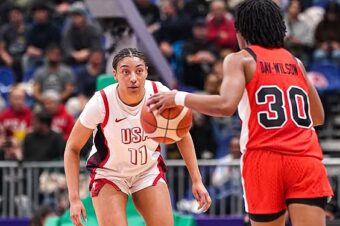
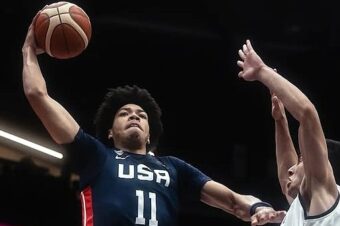
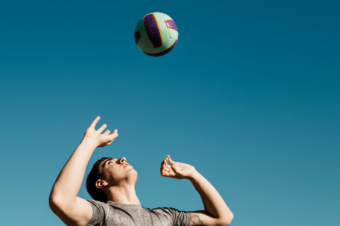
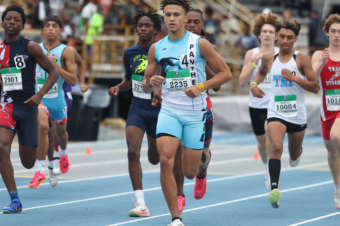
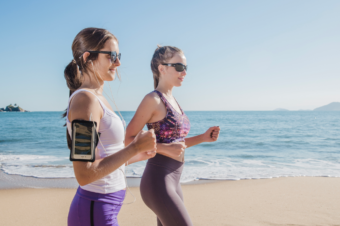
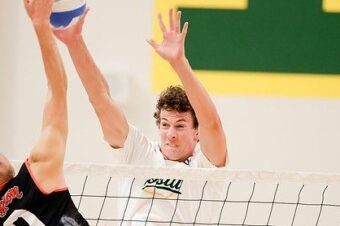
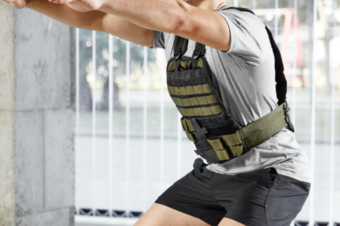
No comments so far.
Be first to leave comment below.